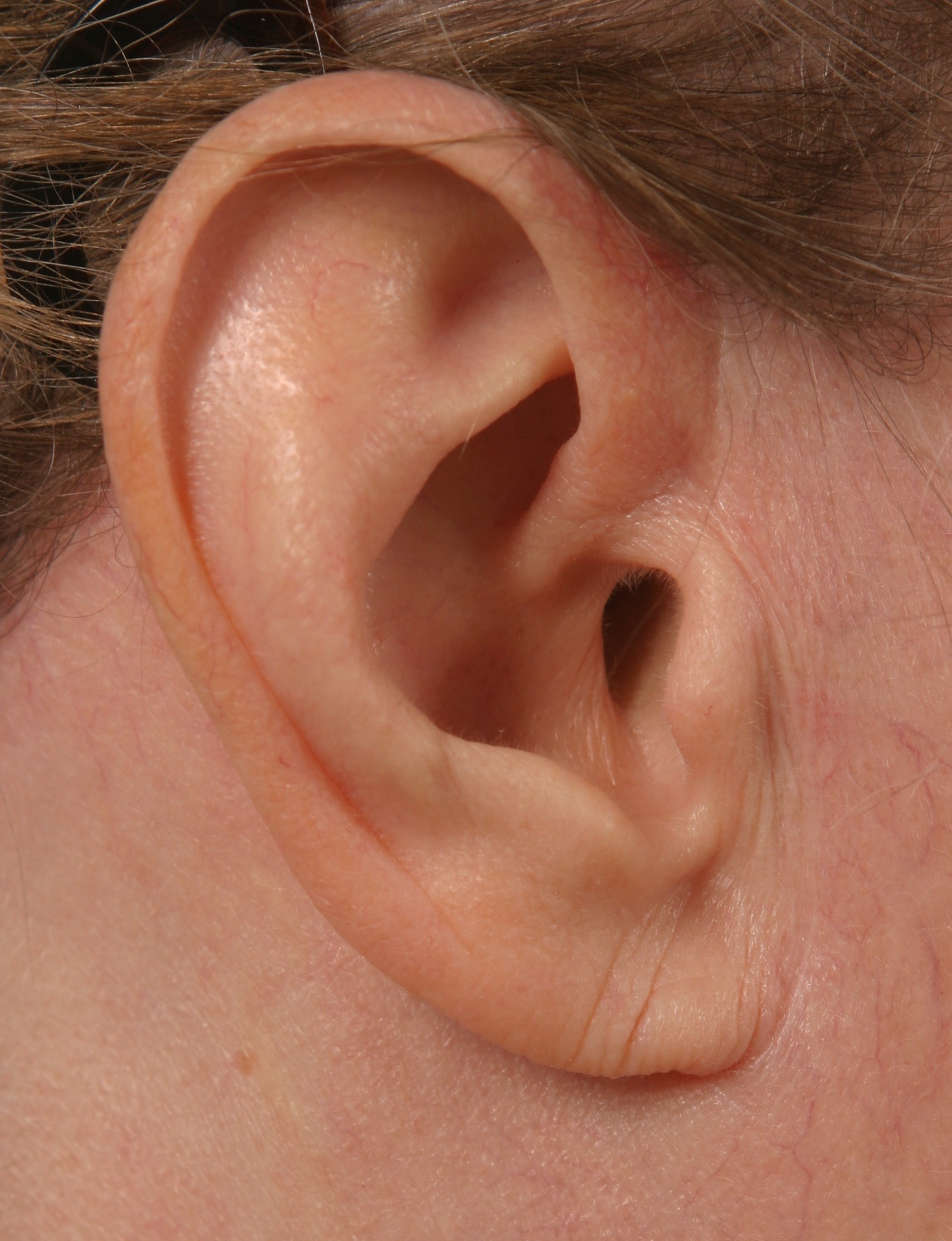What’s in a Name: Understanding the Different Types of Facelifts
Are you as confused as we are by all of the names for facelift procedures?
 Mini facelift? S-lift? MACS lift? Lower facelift? Full facelift? Lunchtime lift? Not to mention all of the quirky branded names for facelifts like Lifestyle Lift, Quick Lift, NewLift, Nefertiti Lift, . . . .
Mini facelift? S-lift? MACS lift? Lower facelift? Full facelift? Lunchtime lift? Not to mention all of the quirky branded names for facelifts like Lifestyle Lift, Quick Lift, NewLift, Nefertiti Lift, . . . .
Here’s the secret — there is less variation between most of these techniques than you might think.
They all vary some in the way that the incision is designed and the methods used to tighten the skin and other tissues. But the real key is how thorough the procedure is or if it is designed to be a less invasive treatment option. In the right hands many of these mini lift techniques can offer some good results, but unfortunately most of the less invasive procedures involve cutting corners. These shortcuts often lead to less effective results that simply do not last.
Incisions:
All true facelifts will involve some variation of an incision that goes in front of and behind the ear. This can be extended into the sideburn area and also into the hairline behind the ear as needed to get a better result in the neck, for example. There are many options for how the incision is designed.
The key is to never let the “length” of an incision scare you — what’s really important is having a surgeon who truly understands how to hide that fine line within the natural creases or within the hair as it heals. Remember, a shorter incision really just translates into limited access for the surgeon, which means it’s that much harder to get you the results that you want to see.
The second issue that poses a problem is poor placement of the incision. Meticulous technique is the key to a good incision, but that incision still needs to be designed in a way to hide within the natural contours and creases that are already there. Too often we see patients coming into the office asking for a revision of a facelift, and one of the main problems is a poorly designed incision with unsightly scars or distortion of the tragus (the small cartilage piece on the front edge of your ear canal).
Tightening:
Every modern surgeon uses some sort of technique to tighten the deeper layers under the skin. If you find someone who only tightens the skin then run away as fast as you can! Too much tension on the skin gives you that dreaded windswept appearance.
The SMAS is the name for the deeper layer under the skin that includes various muscles and fat. Some people just tighten this layer by placing a few stitches. The MACS lift is a good example of a newer method using stitches to tighten the SMAS layer and try to provide more of a vertical lift than the more typical version of tightening with stitches alone. Other techniques remove a section of the SMAS layer and tighten the edges.
Dr. Rodwell usually treats this layer with the deep plane facelift technique. This involves performing some work underneath the SMAS muscle layer before tightening it. This allows the entire layer to be lifted as one unit back into the position it was in years before. It provides more support to the facelift and gives a more natural appearance without extra tension on the skin. In patients who need a previous facelift procedure revised, the deep plane technique can be a good option depending on what was done in the previous operation.

For Dr. Rodwell’s technique the term “facelift” really includes addressing the upper cheek area all the way down to include the jowls and the neck. Sometimes we have patients who use the term “full facelift” to mean a face and neck lift with the addition of a brow lift and eyelid surgery. The term “full facelift” is not typically used in this manner by surgeons.
For most patients it is rare to treat the neck by itself because the majority of women (or men) who have loose skin and muscle bands in the neck are also unhappy with their jowls. And that area is best addressed by treating the lower face and neck together. There are several options for improving the neck including platysmaplasty, liposuction, and tightening the loose skin.
In younger patients without much loose skin or muscle, Kybella is a new non-surgical option that can help to get rid of double chin fat.
The bottom line is this — don’t get confused by all of the names and things you read on the internet. Just understand the basics about facelifts, and most importantly find a surgeon who will take the time to listen to your questions and offer you clear answers without pushing you into something that may not be what you want. Find a surgeon like Dr. Rodwell who understands and can perform a variety of facelift techniques so that the procedure can be customized specifically for your needs.
If you have questions about a certain type of facelift that you have heard of, or if you would like to see what type of facelift technique would be helpful in your specific case we would be happy to meet with you to help educate you and review your options.
Now, go impress your friends with these insider tips!
Dr. David Rodwell specializes in deep plane facelifts and revision facelift procedures when needed. To learn more about your options and what to expect after this type of procedure call our office at (843) 628-1415 to schedule a private consultation.




